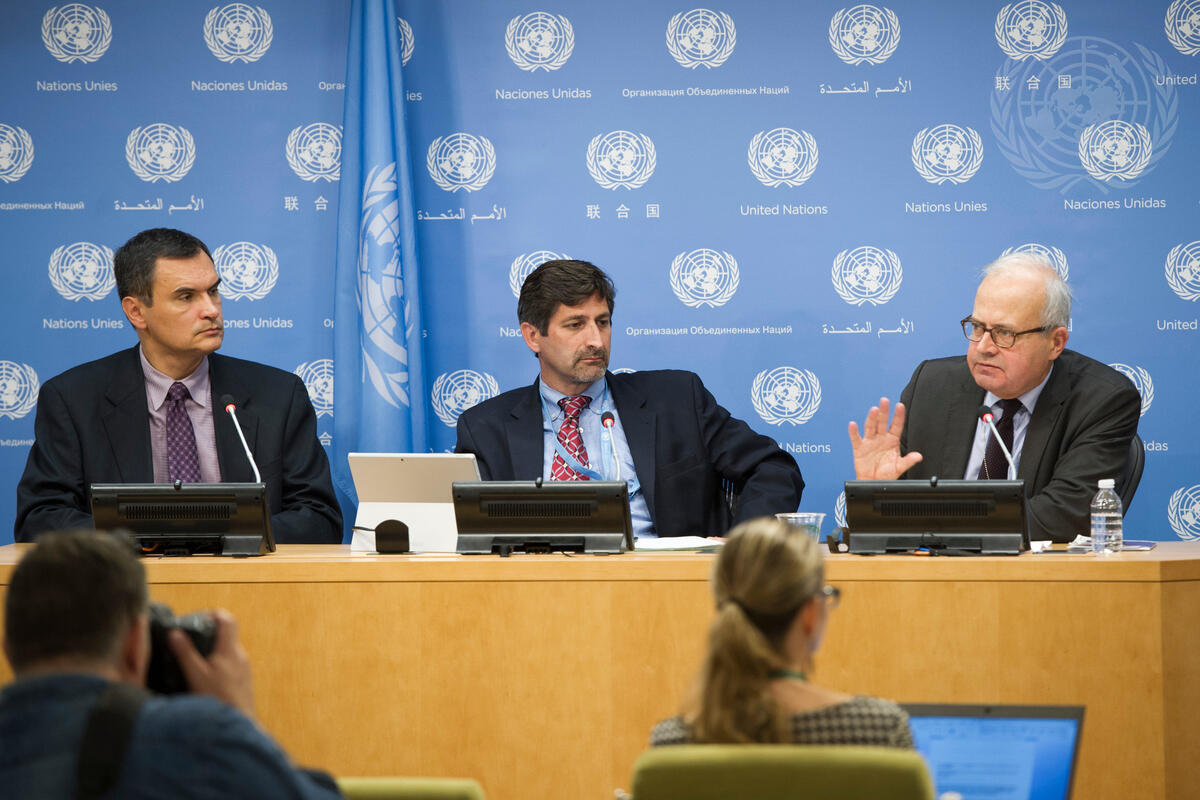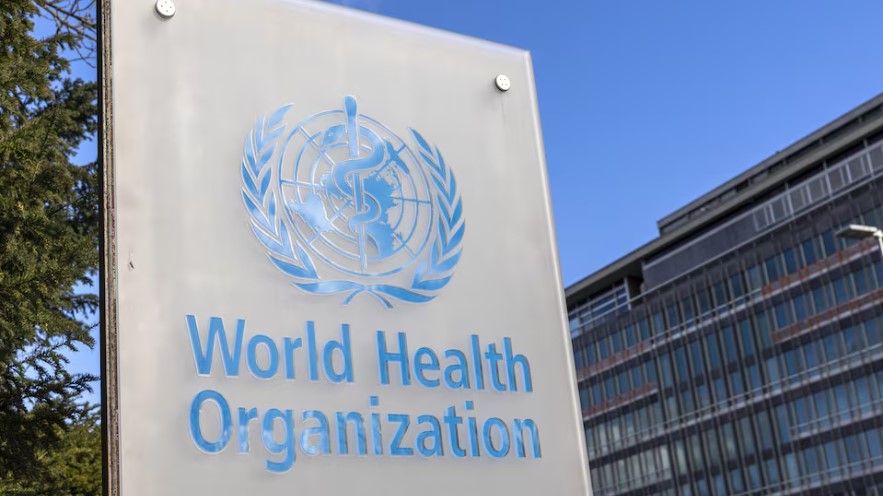Global surge in mental illness threatens youth potential, Lancet report warns

"Wasted potential" refers to individuals with inherent talents who are unable to fully develop them, often due to mental health issues like depression and anxiety.
Poor mental health has become a leading cause of suffering and "wasted potential" among young people globally, surpassing other health concerns, according to findings published in The Lancet Psychiatry Journal’s Commission on Youth Mental Health.
The issue has grown so severe that it now eclipses most other disease-related challenges faced by youth.
More To Read
- Drug shortages and struggle for health equity: Kenya's uphill battle to actualise Universal Health Coverage
- Boost for KMTC as President Ruto announces Sh600 million funding for staff recruitment
- Attempted suicide no longer a crime in Kenya, court rules
- Rising threat of noncommunicable diseases and how healthy lifestyles can save lives
"Wasted potential" refers to individuals with inherent talents who are unable to fully develop them, often due to mental health issues like depression and anxiety. These conditions frequently prevent young people from realising their abilities.
The recent Lancet study highlights a troubling trend: rates of anxiety and depression are climbing, with mental illness typically beginning around age 15. By age 25, as many as 75 per cent of cases have already surfaced, preventing many young people from fully developing their skills and talents.
Several global factors contribute to this crisis. Changing views on transitioning to adulthood, destabilising social and economic forces, and the impact of unregulated social media and artificial intelligence all contribute to an environment where mental health issues can thrive, often without sufficient support or intervention.
The study further shows that mental illness now accounts for 45 per cent of the global disease burden among people aged 10 to 24, underscoring the severity and widespread nature of the issue.
Over the past two decades, the need for mental health support in this age group has surged by 50 per cent, yet the response has lagged far behind.
The report warns that untreated mental illnesses can lead to premature death from physical conditions or suicide. Even when they do not result in death, these illnesses are the leading cause of disability and lost potential throughout a person's life.
Professor Patrick McGorry, the lead author of the study, has criticised the government's response to this escalating crisis. He argues that if such a rapid decline in health were occurring in other areas, such as diabetes or cancer, it would prompt immediate and substantial action.
“If the rapid deterioration in health was happening in any other health area, like diabetes or cancer, governments would take dramatic actions,” he said.
He further pointed out a troubling gap between the urgent needs of young people and the limited resources and attention they receive.
 Mathari National Hospital along Thika Road, Nairobi.
Mathari National Hospital along Thika Road, Nairobi.Mathari National Hospital along Thika Road, Nairobi.
Globally, the World Health Organisation reports that mental health issues affect 10–20 per cent of children and adolescents. It estimates that half of all mental illnesses begin by age 14, but many cases remain undiagnosed and untreated.
This lack of diagnosis and treatment means that many young people suffer silently, with their conditions often going unnoticed until they become more severe.
Depression, anxiety, and behavioural disorders are among the leading causes of illness and disability in adolescents. Emotional disorders are particularly common in this age group. Anxiety disorders, which include panic attacks and excessive worry, are the most prevalent, affecting an estimated 3.6 per cent of children aged 10–14 and 4.6 per cent of teenagers aged 15–19.
Depression affects 1.1 percent of 10–14-year-olds and 2.8 per cent of those aged 15–19. Both anxiety and depression share symptoms such as rapid mood changes that have an impact on daily functioning.
These disorders can have a profound impact on a young person's life. They can negatively affect school attendance and performance, increase feelings of isolation, and lead to social withdrawal.
In severe cases, depression can lead to suicidal thoughts or actions. The effects on a young person's education and social life can be long-lasting, affecting their overall well-being and future opportunities.
The World Health Organisation reports that in 2019, approximately 970 million people worldwide, or 1 in 8 individuals, were living with a mental disorder, with anxiety and depressive disorders being the most common. This highlights the global scale of the problem and the urgent need for effective mental health interventions.
In Kenya, a 2020 Task Force on Mental Health report identified mental illnesses such as depression, anxiety, and substance use disorders as significant concerns, accounting for 13 per cent of the country’s overall disease burden.
This alarming prevalence of mental health issues contributes to a substantial economic burden, with the Ministry of Health’s 2021 Mental Health Investment Case estimating the annual cost at Sh62.2 billion, or 0.6 per cent of the nation’s GDP.
The report also highlighted the need for Sh81.7 billion in investments over the next decade for clinical and preventive mental health interventions.
Recognising the impact of mental health issues on young people emphasises the need for comprehensive and effective support systems. Without significant improvements in mental health care and resources, the potential of countless young people will remain untapped, affecting their lives and societies as a whole.
Addressing this crisis requires a united effort to increase awareness, improve access to mental health services, and support the well-being of youth globally.

















